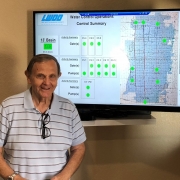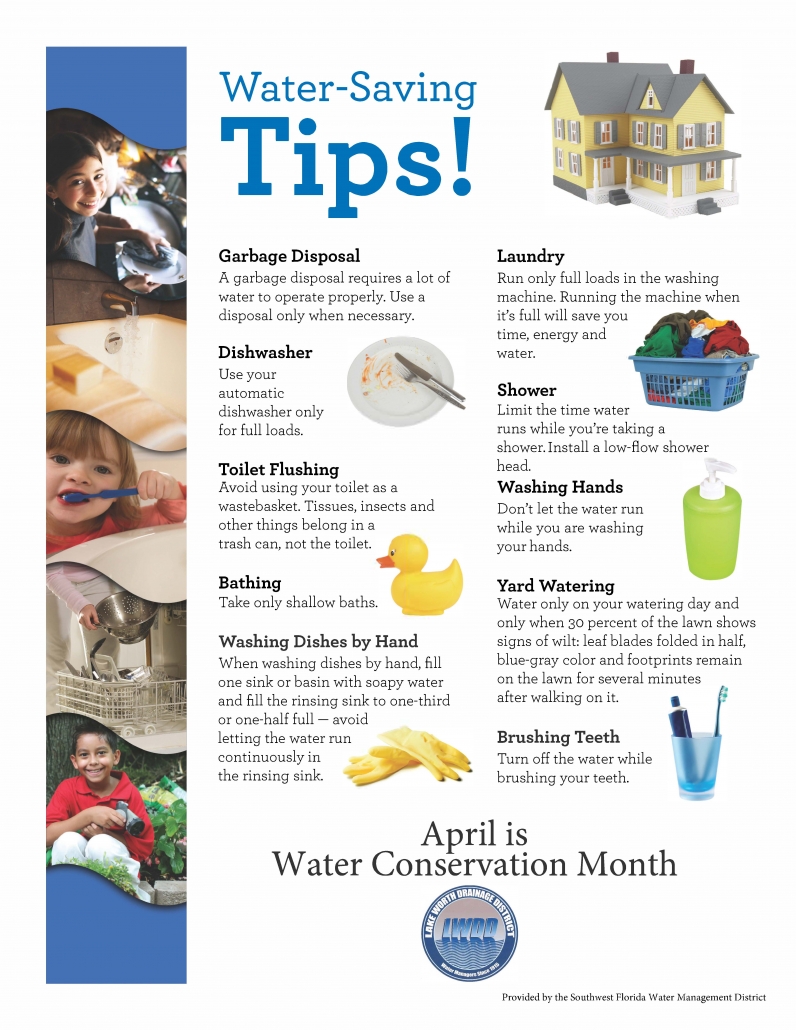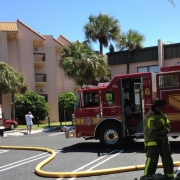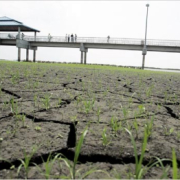LWDD Water Conservation Tools
South Florida is fortunate to receive over 50 inches of rainfall a year on average. Most of that amount is concentrated during the six-month rainy season (May-October). While much of the runoff from these rains is discharged to the ocean to avoid flooding, a significant amount soaks into the ground and recharges the freshwater aquifers that supply our drinking water wellfields, ponds, and wetlands.
For the large population to live safely in south Florida, a regional water management system is required that must balance the water supply and flood control needs for both urban and agricultural users. Without adequate drainage, human health and safety would be jeopardized and extensive property damage could occur. Similarly, if regional groundwater levels were not properly maintained, wellfields would be unable to deliver water to homes and businesses and the underground inland migration of saltwater from the ocean could permanently contaminate the drinking water supply. The Lake Worth Drainage District (LWDD) helps mitigate some of the water supply issues our region experiences.
LWDD’s large network of canals play a critical role in conservation by maintaining groundwater levels which in turn supports the water levels in lakes, ponds, and wetlands across the region. During dry periods, groundwater levels tend to slowly fall in response to low rainfall and high evaporation. When this occurs, water managers in the region look to large regional storage areas like the Water Conservation Areas in the Everglades or to Lake Okeechobee as a source of supplemental water. Water from these sources is released into the canal network to raise the level of the water in the canals. This water, in turn, seeps through the sandy soils to recharge groundwater and return the water table to its normal elevation, thus helping to protect wellfields.
A recent water conservation enhancement for LWDD is the installation of SCADA, an acronym for Supervisory Control and Data Acquisition. The SCADA system automates the operation of water control gates and pumps throughout the 200 square miles of LWDD’s service boundary. The system links 11 of LWDD’s most critical water control structures to wireless, hurricane hardened communication system that automates the remote operation of the gates and pumps. If water rises too fast, the gates will automatically open. Similarly, if levels are too low, water supply pumps will activate to restore normal water levels in canals. The SCADA system provides enhanced operation and management of drainage canals. Avoiding discharges to the ocean when possible and maintaining canals at appropriate elevations is an important water conservation role LWDD contributes to in Palm Beach County.






